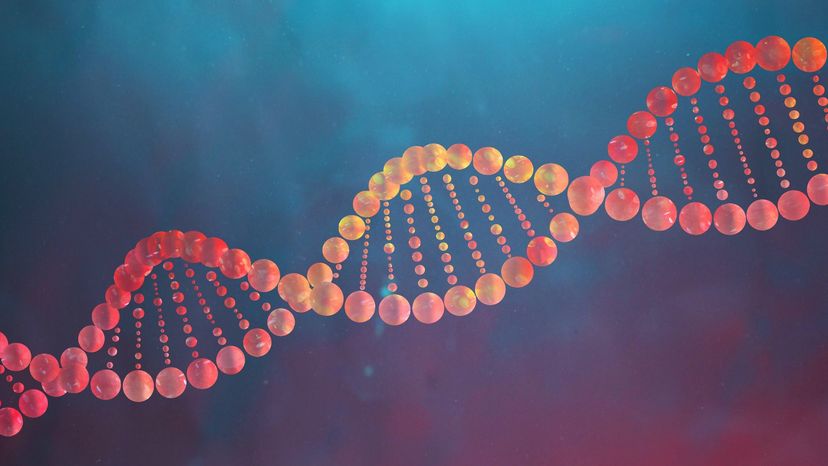He is a British naturalist, famous for his work on the theory of evolution.
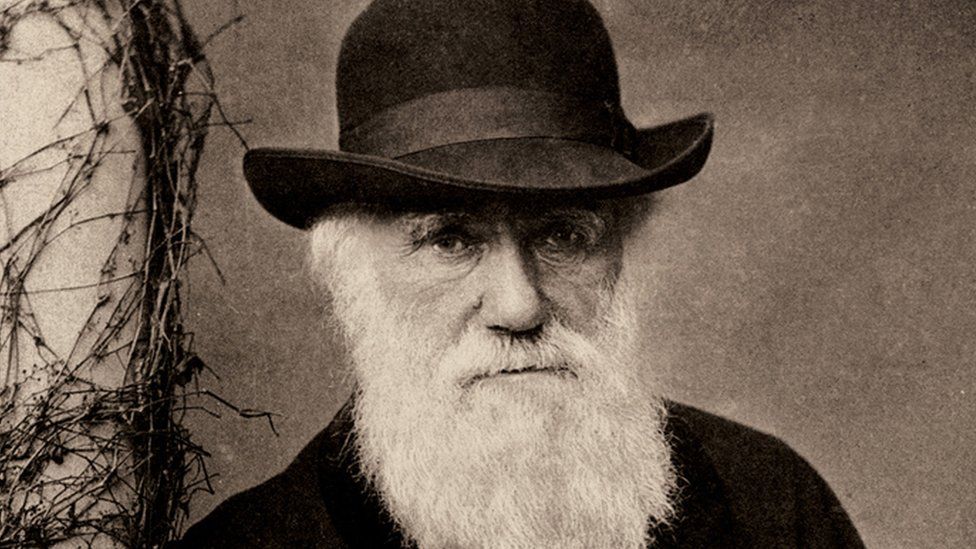
Who is Charles Darwin?
Change in characteristics of living things over time.
What is evolution?

A characteristic or quality that makes a person or animal different from others.
What is a trait?
Roughly 4-5% of the world's population have this colour of hair.
What is red hair?

A North American subspecies of the brown bear.
What is a grizzly bear?
Some snakes have hipbones, which shows they once had four legs like ___________, their close cousins.
What are lizards?

Preserved or mineralized remains of organisms usually found in sedimentary rock.
What are fossils?
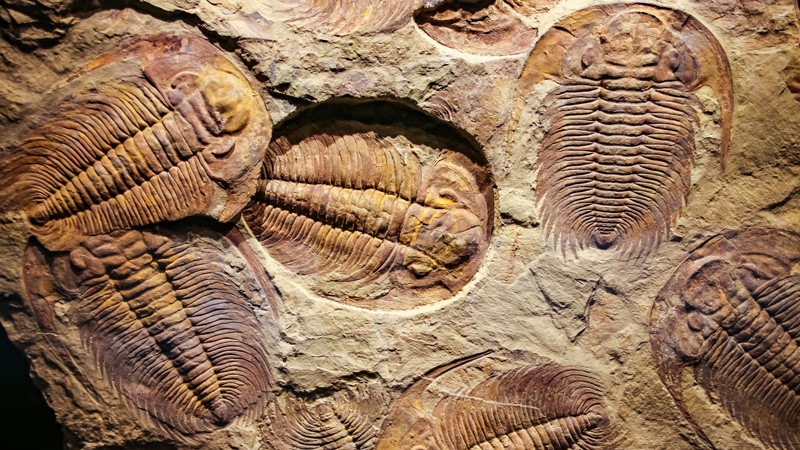
An expert in or student of natural history.
What is a naturalist?
Organisms better fitted to the environment are more likely to survive and reproduce than organisms that aren’t fitted to the environment.
What is natural selction?
A change in a living thing's DNA.
What is a mutation?
Most people around the world stop drinking this liquid when they reach adulthood as they lose the ability to digest it.
What is milk?
Lactose intolerance is when your body can't break down or digest lactose. 68% of the world's population is lactose intolerant.
A semiaquatic, egg-laying mammal that lives in eastern Australia.
What is a platypus?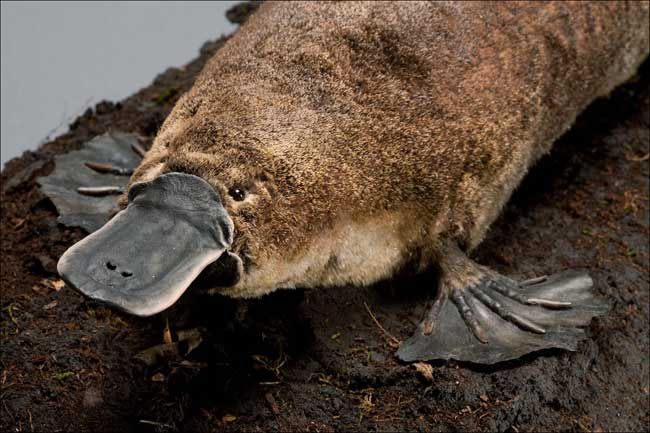
This large reptile is the closed living relation to a bird.
What is a crocodile?

Structures that have similar origins and structure but are adapted for different purposes.
What are Homologous Structures?
The book was written by Charles Darwin in 1859.
What is On the Origin of Species?
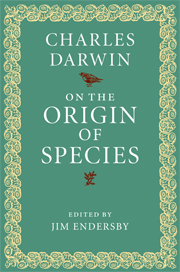
An individual living thing, such as a plant, an animal, or a germ.
What is an organism?
Any heritable characteristic of an organism that improves its ability to survive and reproduce in its environment.
What is an adaptation?
This disease is a severe form of gluten intolerance found to affect 1% of the population.
What is celiac disease?
Also known as the wapiti, this is one of the largest species within the deer family.
What is an elk?

Evolution rarely follows a straight line from species to species. Instead, it is more like a ___________ with many branches.
What is a tree?
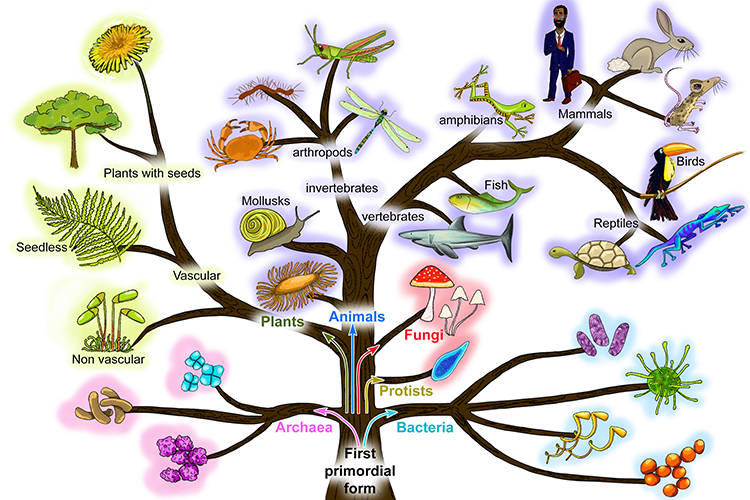
The most specific level of classification in which organisms have the most traits in common.
What is species?
The island archipelago off the coast of Ecuador, where Darwin explored previously unknown species.
What are the Galápagos Islands?
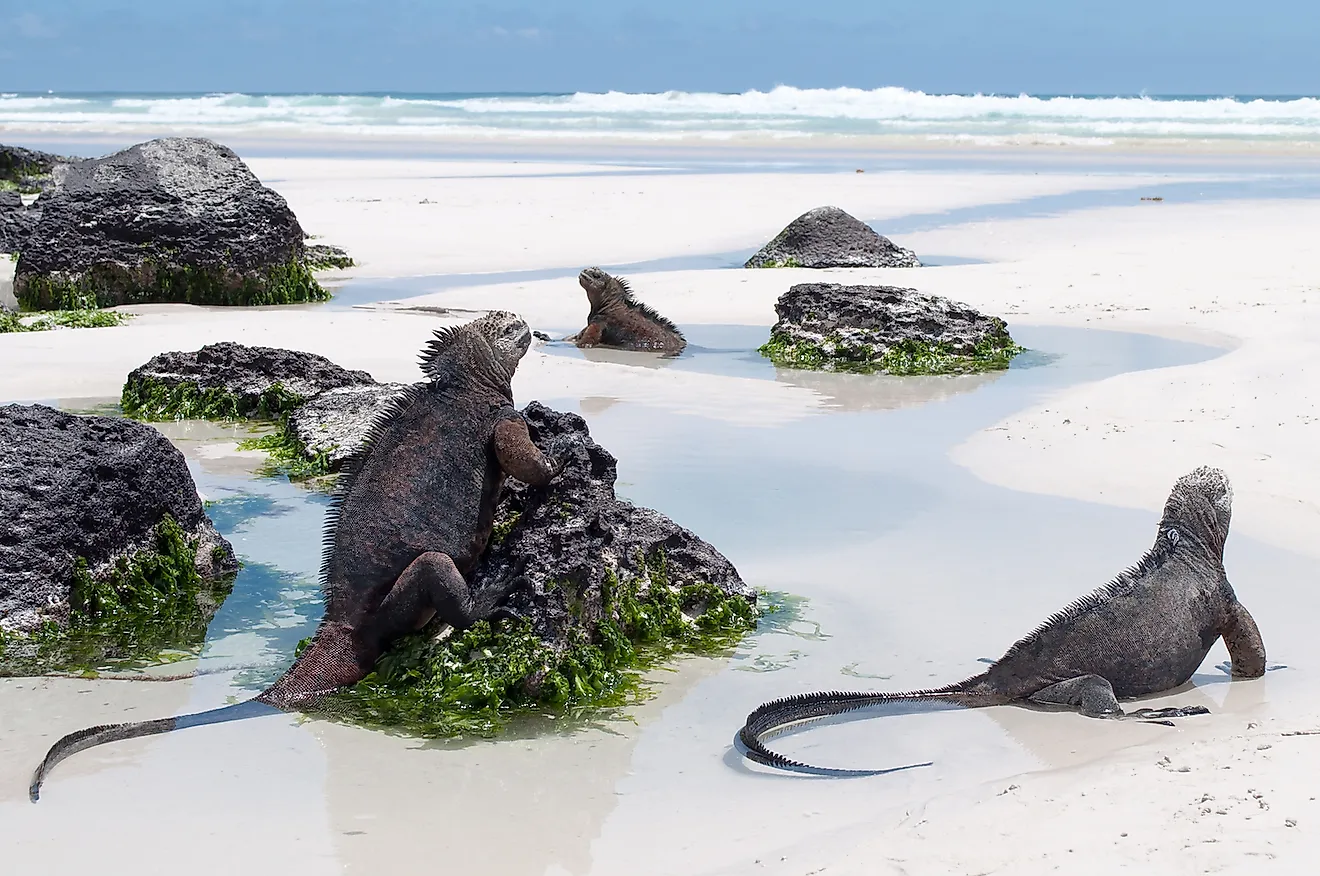
The product of the reproductive processes of a person, animal, or plant.
What is offspring?

A structure found in an organism that has no obvious use.
What is a vestigial structure?
0.5% of women and 8% of men have this type of blindness. This means they see colors in a different way than most people.
What is colour blindness?
A type of large, long-legged, and long-necked bird that live in savannas, grasslands, wetlands, and marshes.
What is a crane?
All humans develop a _________ in the womb that eventually dissolves.
What is a tail?
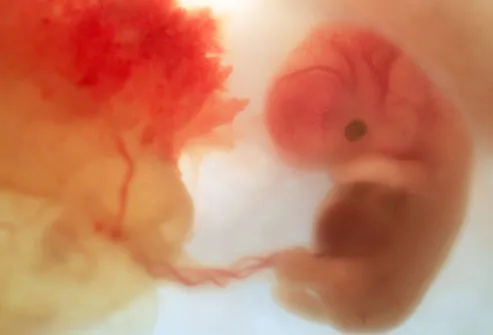
All the individuals of a species that live together in one area.
What is a population?
The name of the country Charles Darwin was born in?
What is the United Kingdom (England, Britain)?

A unit of heredity which is transferred from a parent to offspring and is held to determine some characteristic of the offspring
What is a gene?
How adapted an organism is to its environment.
What is fitness?
This disease in which some of the body's cells grow uncontrollably and spread to other parts of the body is caused by a gene mutation. Roughly 43% of Canada's population will develop this disease during their lifetime?
What is cancer?
This is the biggest animal in the world, weighing up to 180,000 kg (400,000) or the equivalent of 33 school buses!
What is a blue whale?

Darwin did not argue that humans came from monkeys. Rather he wrote only that monkeys, apes, and humans have a common _____________.

What is an ancestor?
Differences among a species such as fur colour, weight, the shape of teeth, beak sizes, and sizes of shells.
What is a variation?
